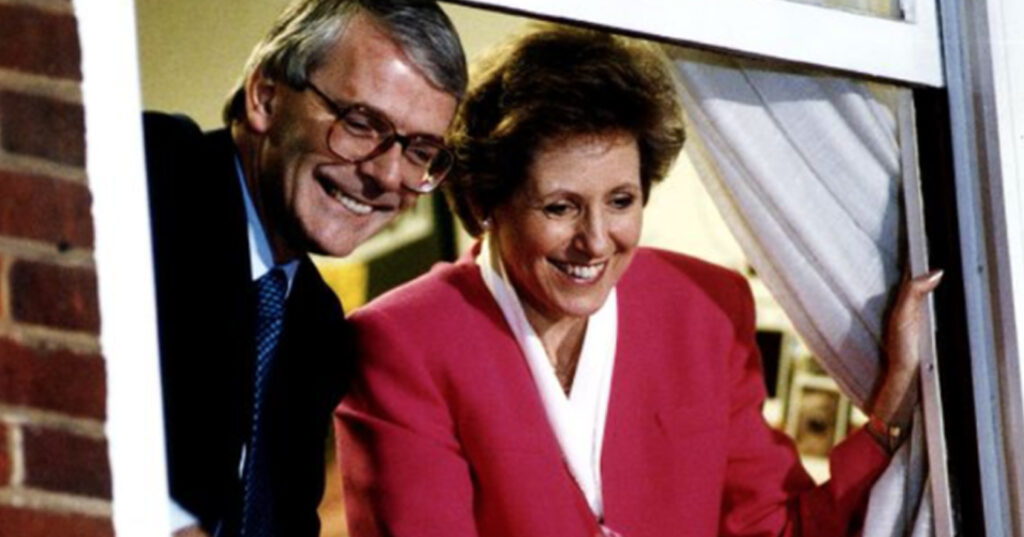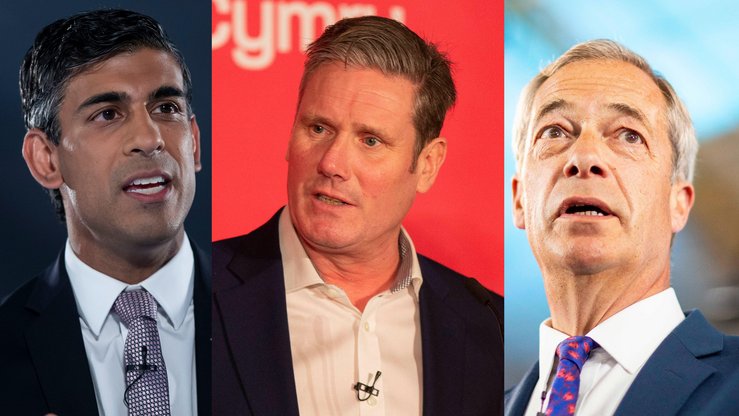
The past week has been one of great loss for Britain. It has also contained an anniversary which has, not surprisingly, gone unremarked: it is now 21 years since the Conservative Party last won a general election with an overall majority.
Some will recall 9 April 1992 more clearly than most – not least the man who then headed the Conservative Research Department’s Political Section. Can that 25 year-old aide to John Major have imagined that despite its fourth consecutive victory and 14 million votes (a total which remains a record), his party’s standing with the public would be reversed within a year – and that the next Conservative Prime Minister to enter Number 10 would be him?
It falls to David Cameron to emulate Major in leading the Tories to an unexpected victory. Two decades of shifting demographics and social attitudes challenge British Conservatives just as they do the Republicans in the United States. But it is worth reflecting on what the past can tell us – and I think Cameron can draw inspiration from the 1992 campaign he helped to create.
John Major had a number of advantages. One was that after only 16 months in office, people were willing to give him the chance to show what he could do (the same chance they would have given Gordon Brown in 2007). Another advantage was Neil Kinnock. Cameron can take no comfort from the first, but nor should he from the second: while many potential Labour voters find Ed Miliband unconvincing, they do not see him as a liability.
A further advantage, more applicable to today, was public concern about the economy. Ipsos MORI’s polling archive reveals that, in election years since 1979, when an economic issue has dominated the agenda the Conservatives have won – or Labour have lost. Inflation was the public’s biggest concern in 1979, unemployment in 1983, 1987 and 1992, and the economy in general in 2010. In 1997, 2001 and 2005, the most important issue for voters was the NHS. The economy remains top of the list today, and looks likely to stay there until the next election and beyond.
History also shows that prospects for a governing party are unconnected to economic optimism. Voters were slightly more likely to be optimistic than pessimistic on the eve of the 1992 election; but in 1997, they were optimistic by a much bigger margin, for all the good it did Mr Major. Similarly, net pessimism about the economy did Tony Blair no harm in 2005. Elections are a choice not a referendum; whatever the situation, voters will decide who can handle it best (or least badly).
But there was more to Major’s victory than the benefit of the doubt and a dream opponent. In the two years before the election, the Tory campaign built consistently on the theme of “opportunity for all”, both in tone and content. The rhetoric was matched by a coherent plan, which included the expansion of higher education, and the commitment to choice and accountability in public services. Tory motives were trusted to the extent that Labour failed to make a number of campaign lies stick (while five years later, their baseless claim that the Conservatives would privatise the state pension system quickly gained currency). Though mocked in some quarters, the talk of a classless society signalled a commitment to social mobility, the idea that we wanted to include rather than exclude, that we were for everyone.
These things were more important than the negative campaign against Labour which, admittedly, was relentless. Many feared that a Labour government would raise taxes, and that certainly helped. But they didn’t think this because we told them to, even if “Labour’s double whammy” entered the language for a time (and how many could name the second whammy?) Labour had promised to spend more, and voters did not believe its assurance that the inevitable tax rises would be confined to the better off.
Recalling the 1992 election is a melancholy exercise for Conservatives because we know how the story ends. Within months the government was engulfed by a series of fiascos which dragged on for four and a half years until the electorate put us out of our misery.
When Cameron entered parliament in 2001 the party had hardly come to terms with its trouncing. It still hadn’t done so by 2005 when, drawing on Smell The Coffee, my analysis of the Conservative predicament, he became the first leader to grasp the scale of the transformation needed. But by the 2010 election the Tories had not done enough to show that the change people wanted from Gordon Brown’s Labour government was the same as the change they were offering. In 2013, though it leads on managing the economy and taking tough decisions for the long term, the Conservative Party has a way to go to win back the reputation as a party for those who want to do well – or just continue to get by – as well as those who have already succeeded.
Ultimately, the lesson of 1992 is that a party of competence and decency, that can show it wants to improve opportunity for everyone, is a powerful force. So powerful, in fact, that it wins every time. Will 23 years be enough time to become that party again, or will we have to wait 28 years with yet another leader to have the chance again? The bookmakers have their view. Let us hope they are wrong.


